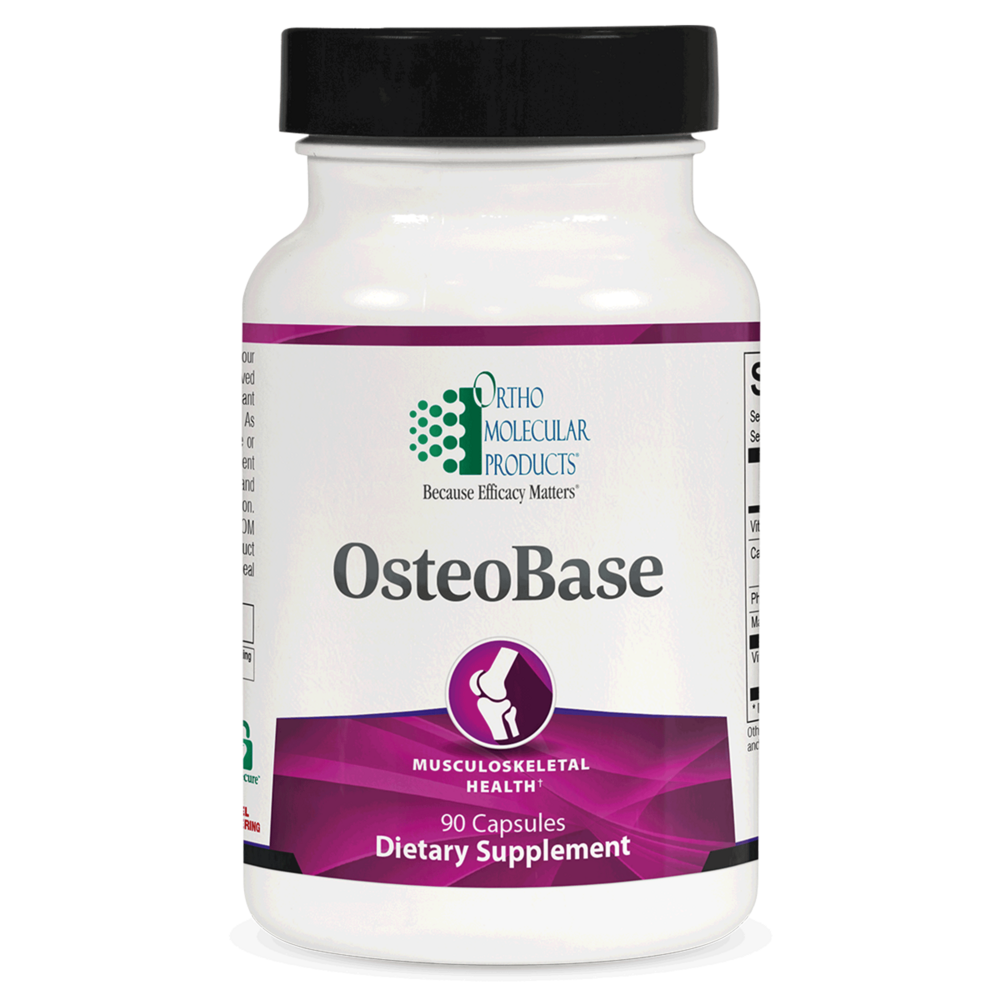Disclaimer: Our Integrative Medical Advisory team has developed or collected these protocols from practitioners and supplier partners to help health care practitioners make decisions when building treatment plans. By following this protocol, you understand and accept that the recommendations in the protocol are for initial guidance and need to seek medical professional advice. Contact us for more information.
Bone Support
Fragility fractures, a marker of weakened bone structure, result in an increased risk of future fractures and are a risk factor for disability, morbidity, and mortality. The risk of fracture increases with age, with an approximate rate of bone loss of 0.5 to 1% yearly, after reaching peak bone mass. These effects are seen particularly after the age of 50 and in postmenopausal women. Further evidence shows that elderly individuals are especially vulnerable to hip fractures, which affect approximately 30% of women and 15% of men by the age of 90.
Fracture rates increase when there is a disparity between bone formation by osteoblasts and bone resorption by osteoclasts, leading to decreases in bone mineral density (BMD) and increased bone fragility. Therefore, improvements in bone mineral density and bone turnover may reduce the risk of frailty and fracture.
Bone requires the optimal amount of osteoblast and osteoclast activity in order to maintain age-appropriate bone density, maintain bone strength, and maximize the scaffolding of the inner matrix. Osteoblasts and osteoclasts are tightly regulated by strontium, ipriflavone, boron, magnesium, calcium, vitamin D3, vitamin K2 and a variety of micronutrients that help with normal bone cell signaling.
The protocol presented below includes ingredients and supportive evidence focused on improving bone integrity and decreasing fracture risk.
Attachments
Support your prescription with these additional resources



